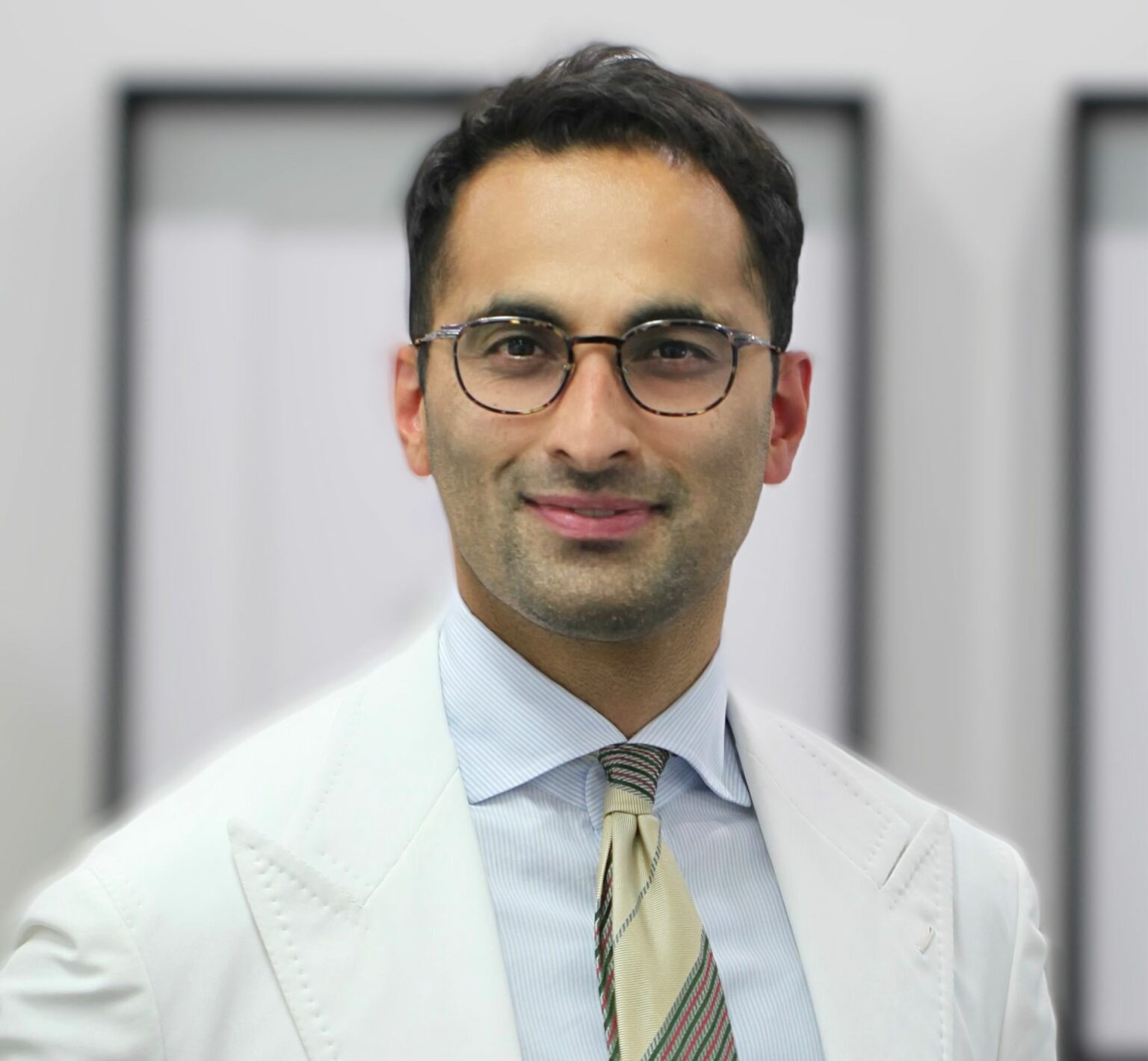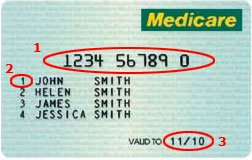Surgery is a carefully choreographed process and you are being treated by a sub-specialist shoulder surgeon and a highly experienced team; however, all surgeries inherently carry some risk of complications.
The risk of complications after SLAP repair surgery (shoulder and biceps stabilisation) are less than 1% in the Sydney Shoulder Unit experience. General risks include:
- Infection
- Bleeding
- Wound healing problems
- Damage to blood vessels or nerves
- Sensory changes around the surgical scar
Specific risks relating to SLAP repair surgery (shoulder and biceps stabilisation)
Frozen shoulder (5% risk)
Improves over 3-6 months and will generally not affect your outcome or need further surgery.
Reoperation and failure of surgery
When performing a shoulder reconstruction, your surgeon is using your own tissue to repair what is damaged. The weakest point in the repair is your own tissue. The longer the history of damage and frequency of dislocations/instability prior to surgery, the more likely the tissue quality is poor.
There are three areas where your Labral repair (shoulder stabilisation) may fail:
Bone-Anchor interface
The anchors today are very high in quality and usually do not fail; sometimes if your bone is soft (older patients), the anchor may pull out of the bone.
Anchor-Suture interface
This area is typically very strong and not a source of common failure
Suture-Tissue interface
This is the weakest point and the most common reason for failure of surgery (usually due to poor tissue quality). There are special techniques in tissue management and suture choice to reduce failure rates.
Delays/Inability to return to previous level of sport
- The published return to sport rate after shoulder stabilisation surgery (key-hole) is 70-90%. With stabilisation surgery, patients are 5-6 times more likely to return to play.
- The risk of reinjury with overhead contact after soft tissue key-hole stabilisation is between 5-20% (depending on a number of factors)
In some cases the biceps tendon causes pain down the track and there is a small chance you will need a second operation to re-anchor the biceps (biceps tenodesis).
Patients who smoke, use tobacco products, have diabetes, or elderly are at higher risk of complications both during and after surgery. They are also more likely to have problems with wound and bone healing.
Most healthy patients, however, cope well with keyhole shoulder surgery and are unlikely to have complications.






